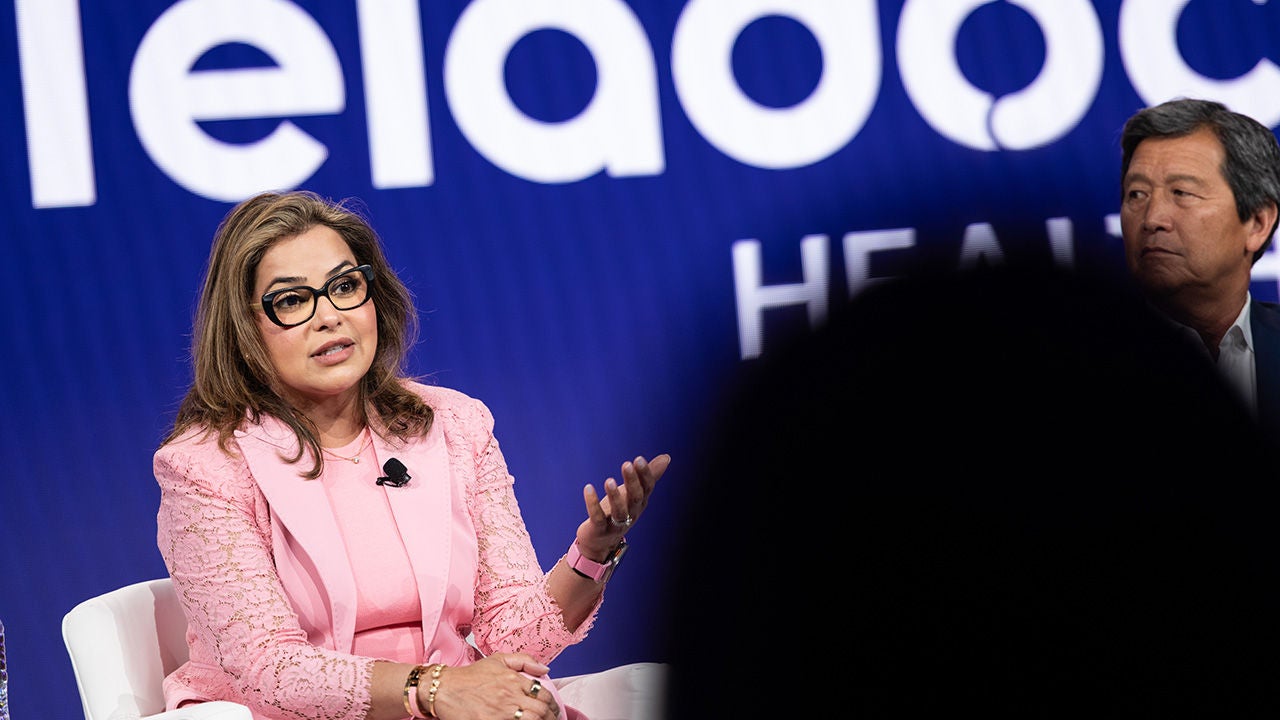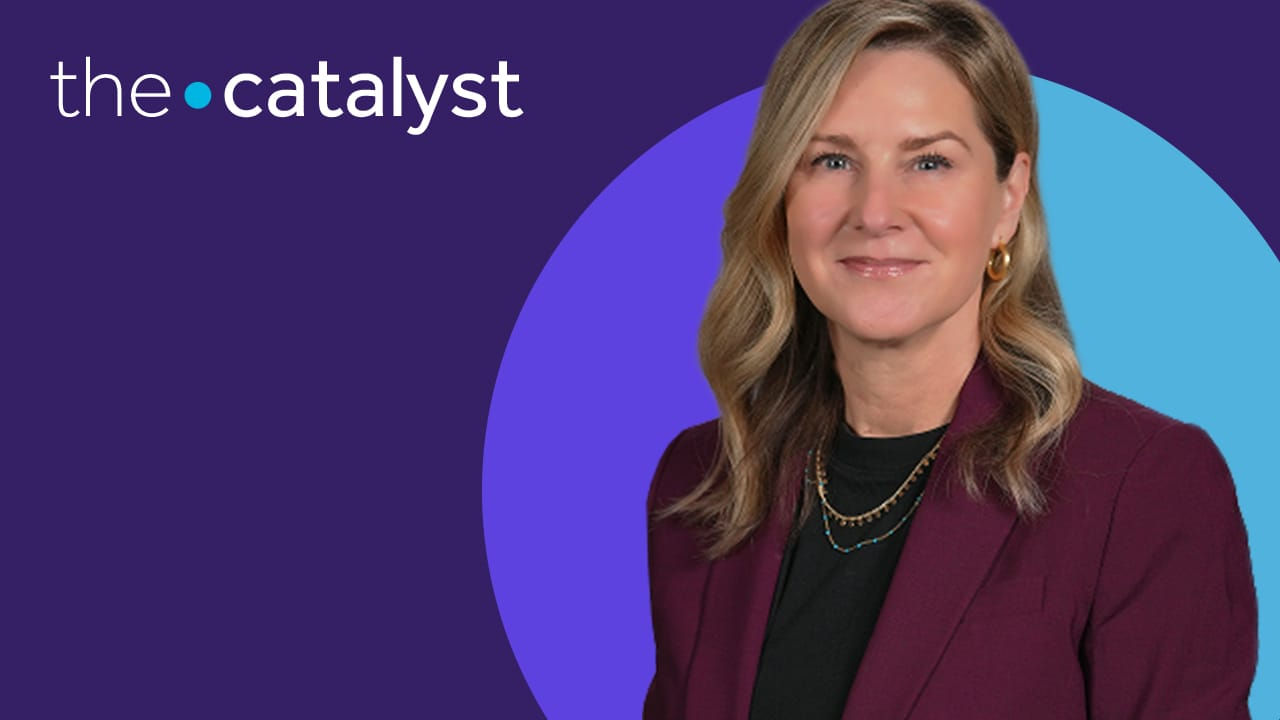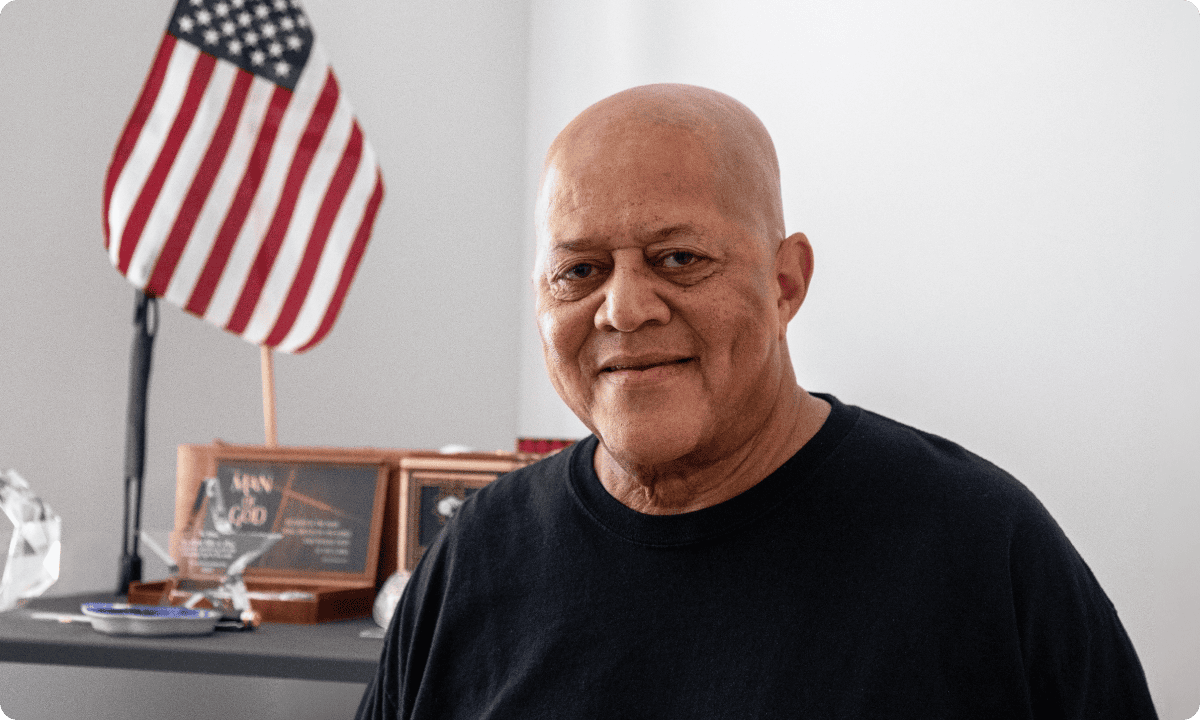
The next chapter in virtual care: connection and innovation

Reetika Kumar, M.D., FACP, SVP and Chief Customer Product, Clinical Solutions, and Pharmacy Services Officer, Independence Blue Cross
Ann Mond Johnson, Chief Executive Officer, American Telemedicine Association
Yulun Wang, Co-Founder, Sovato; Fellow, Teladoc Health
Jim Winkler, Chief Strategy Officer, Business Group on Health
Andy Puterbaugh, President, Hospitals & Health Systems, Teladoc Health (Moderator)
Is the U.S. healthcare system using virtual care to its highest potential? That question was on the mind of executives across healthcare and benefits organizations at Forum, the annual Teladoc Health event. There, conversations explored how virtual care can evolve with deeper connections between virtual and in-person providers, and what it will take to make that evolution a reality.
First, reimagining how we view virtual care
“We have to think of virtual care not as a separate modality but as part of a multi-channel access and care delivery system,” said Ann Mond Johnson. She has been encouraged by the Centers for Medicare and Medicaid Services’ stance that, as technology advances and services can be safely administered virtually, it is important for clinicians to be able to determine the appropriate modality.
Dr. Reetika Kumar believes clinicians need to be empowered to determine the right modality to address today’s healthcare challenges. “We need to make sure it is high-quality care irrespective of how it is delivered,” she said.
The next chapter of virtual care is about connecting data, technology and providers across both virtual and in-person settings. This will require deeper collaboration among healthcare organizations, employers and technology partners.
“It’s about building a connected ecosystem where patients feel known and supported at every touchpoint,” Yulun Wang said. “We’re moving toward a world where virtual and in-person care are no longer separate experiences—they’re parts of one seamless system.”
Second, reduce friction across healthcare delivery
For employers and health plans, simplifying the experience is equally critical. As Jim Winkler explained, the user experience remains one of the most important considerations when adopting new healthcare solutions and that people want an experience that feels personalized to them.
“Frictionless care is the kind of care we want for ourselves, our families and our communities,” Andy Puterbaugh said.
With the benefits of data and technology, Wang anticipates virtual care will continue to move toward a simpler experience. “Virtual care has already done a lot in terms of ease of access,” he said. “Using technology like digital sensors and AI can make continued significant progress toward truly frictionless care.” “Virtual health has the opportunity to change how we engage people in their health,” Winkler said. “We need to make it simple, meaningful and personalized.”
A successful shift to consumer-centered care
“Virtual care solves for many problems,” Dr. Kumar said. “It was truly the silver lining of the pandemic and drove the healthcare industry to adopt a consumer-first mindset, long embraced by other industries.”
Virtual care has provided an opportunity to redesign healthcare. “It’s leveraging technology to be patient-friendly, more effective and more personalized,” Mond Johnson said. “It can help us be more predictive. We must use that to our advantage.” All of this can—and should—be done together with in-person care and with the same appropriate clinical, ethical and regulatory standards, she said.
Telehealth is more than flexible or convenient care. It has been an opportunity to redesign healthcare around patients’ needs. Long wait times, especially in communities lacking in primary care providers or specialists, make access a persistent challenge. “Virtual care allows patients to receive timely, expert care, wherever they are,” Kumar said. “That opens access points for those who truly need it and closes gaps in care.”
Lastly, a connected experience
Dr. Kumar envisions a future where virtual care creates a more interconnected ecosystem that emphasizes primary care. Patients can be seen virtually by a primary care provider but transition to in-person visits if needed. What’s critical is that the experience feels connected. “Your medical records would follow you, you wouldn’t have to tell your story over and over again and you’d avoid unnecessary testing,” she said. “That eliminates medical waste and builds a network of high-value care.” Virtual primary care has allowed Independence Blue Cross to bring a holistic care model to wherever it’s convenient for its members. “Care is timely, so we’re not spending healthcare dollars on catastrophic claims,” Dr. Kumar said.
The ability to use technology to address shortfalls that lead to long wait times for primary care and specialty services is critical. “If you don’t digitize it, you can’t scale it,” Mond Johnson said. “The only path forward is to use clinically validated and scalable virtual care services.”
The stakes are particularly high for shift-based employees, who may delay care because taking time off work means foregone income. Conditions like hypertension, often referred to as the “silent killer,” can go undetected until they cause serious harm. “If we can bring timely primary care into people’s homes or workplaces, we can catch issues earlier and avoid expensive downstream costs,” Kumar said.









